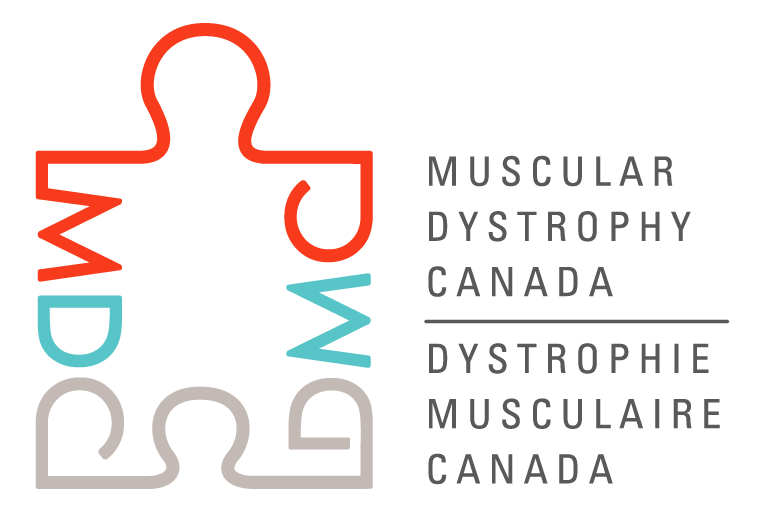You call it Spinal Muscular Atrophy…
We call it a neuromuscular disorder.
Meet Stefanie
Stefanie Marinich-Lee was just 17 months old when she was diagnosed with type 3 spinal muscular atrophy (SMA). As Stefanie got older, she slowly lost the ability to walk. In junior high and high school, she remembers friends pushing her to classes in her wheelchair.
It wasn’t until she was 19 where she felt true independence. She got her first scooter and she was able to attend her classes and make her way around the University of Waterloo. She went on and chased her dreams to become a lawyer. However, each day becomes a little more difficult as her disorder progresses.
She wants you to know that MDC is here to help people impacted by neuromuscular disorders. She wants to reassure those impacted that “people with disabilities can do anything.”
“MDC has helped me since I was a teenager. If it wasn’t for MDC, my parents wouldn’t have been able to afford my wheelchair, and then later my scooter—and the different things around the house that helped make each day a bit easier.”
WHAT YOU NEED TO KNOW ABOUT SMA
General Overview
Spinal Muscular Atrophy (SMA) is an autosomal recessive genetic disorder. SMA affects the muscles throughout the body—but it’s the proximal muscles, those closest to the trunk of the body, such as the shoulders, hips, and back, that are most severely affected. SMA damages the nerves that control voluntary movement, which affects crawling, walking, head and neck control, and swallowing. Involvement of respiratory muscles can lead to an increased tendency for pneumonia and other lung-related issues.
This disease does not discriminate, as it affects men, women, and children. In order for a child to be affected by SMA, both parents must be carriers of the abnormal gene and both must pass this gene onto their child. If both parents are carriers, the likelihood of a child inheriting the disorder is one in four.
Patients are generally grouped into one of four categories, which are based on certain key motor function milestones (types 1, 2, 3, and 4). Type 1 is the most severe form of the disorder, and type 4 is the least severe. SMA type is generally determined from a clinical examination that evaluates the child’s degree of weakness and ability to achieve major motor milestones, such as walking. Therefore, equipment such as a wheelchair or walker may be required.
While there are no ‘cures’ for SMA, there are three life-changing treatments for SMA, all of which are approved by Health Canada (Zolgensma, Spinraza/nusinersen, Risdiplam/Evrysdi). It is an exciting time as there are now treatment options for infants, children, youth and adults. There have also been exciting new advances in research on SMA over recent years and advances in health policy such as the inclusion of SMA on the Ontario newborn screening panel and a cross-Canada initiative to ensure newborn screening is a reality in all provinces and territories.
THIS SECTION IS HIDDEN
SMA Muscular Dystrophy Clinical Trials
There is currently 1 SMA trial that is recruiting in Canada. See the list below for more details:
RECRUITING
ENROLLING BY INVITATION ONLY
If you have any questions, please email research@muscle.ca
Last updated on March 8, 2021
GENEROUSLY SPONSORED BY:

